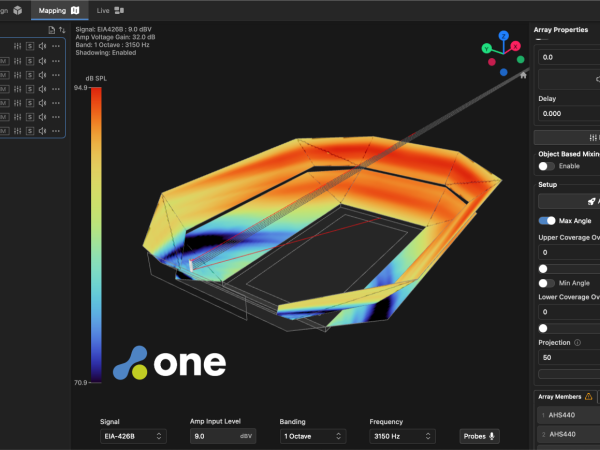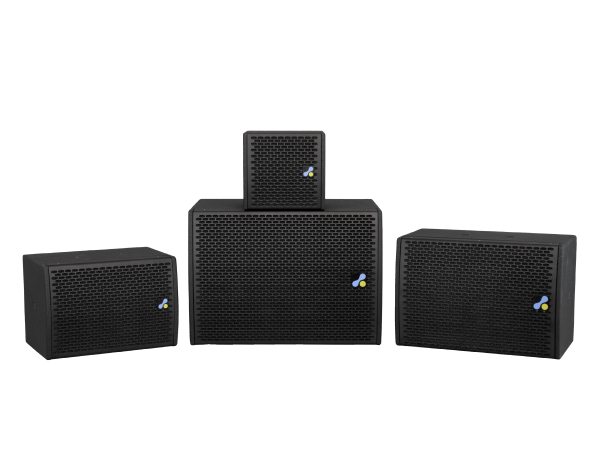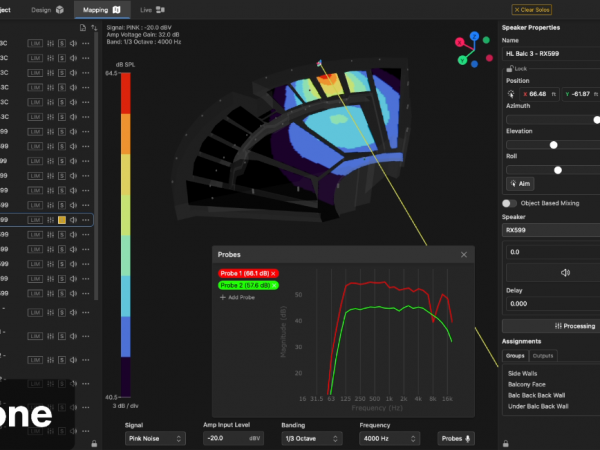Fulcrum Acoustic Awarded Patent for Passive Cardioid Speaker
Fulcrum Acoustic, LLC has been awarded a U.S. patent on a proprietary technology developed to overcome the excessive rear low frequency radiation that is a major performance challenge of many loudspeakers. The new patent, formally titled “Passive Cardioid Speaker, No. 10,123,111 B2”, was granted to inventor David W. Gunness, Fulcrum Acoustic co-founder and vice president of R&D.
The award document outlines how the patented loudspeaker’s subcardioid behavior is produced by a meticulously conceived acoustical circuit which balances the position of the low frequency driver, the enclosure depth and volume, and a unique arrangement of acoustical elements including rear-mounted ports and calibrated resistive elements.
“We see passive cardioid loudspeakers as a game-changing technology for the pro audio industry,” states Gunness. “They enable impressive directional control in less than half the space required for active cardioid arrays. This allows for cardioid performance in applications that might not otherwise have the budget or space to accommodate an active cardioid array.”
Passive Cardioid Technology™ was first introduced in Fulcrum’s FL283 Line Array Module, is the basis for their Cardioid Subwoofers product line and, most recently, was utilized in the FW15 Coaxial Cardioid Stage Monitor named an InfoComm18 Best of Show winner. It is a technology that Fulcrum Acoustic continuously develops and evolves into new applications.
Gunness holds numerous patents covering a number of horn-loudspeaker innovations, including the world’s first stadium-scale digitally steered sound system, and a suite of innovative digital signal processing techniques originally marketed as “Gunness Focusing™.” This is his first patent for Fulcrum Acoustic, which he formed in 2008 with co-founder/president Stephen Siegel to continue his career-long pursuit of creating new and better loudspeakers through the innovative use of digital signal processing and breakthrough acoustical design.
More information on Passive Cardioid Technology is available here.
Related Posts

Fulcrum Acoustic Releases One Software Version 1.3

Introducing the New RX Series


